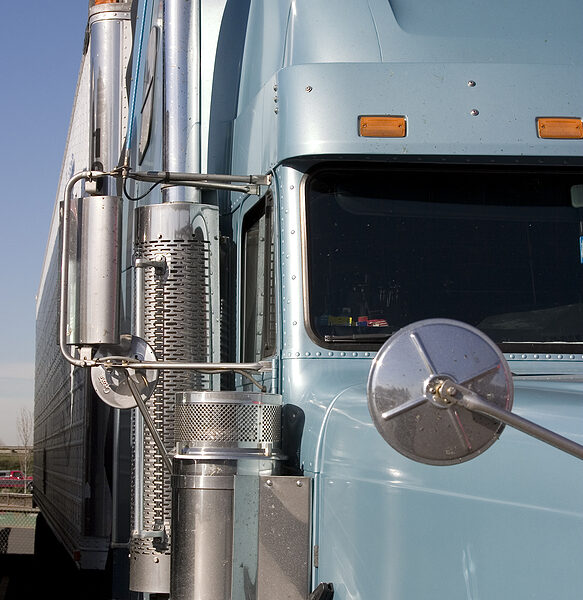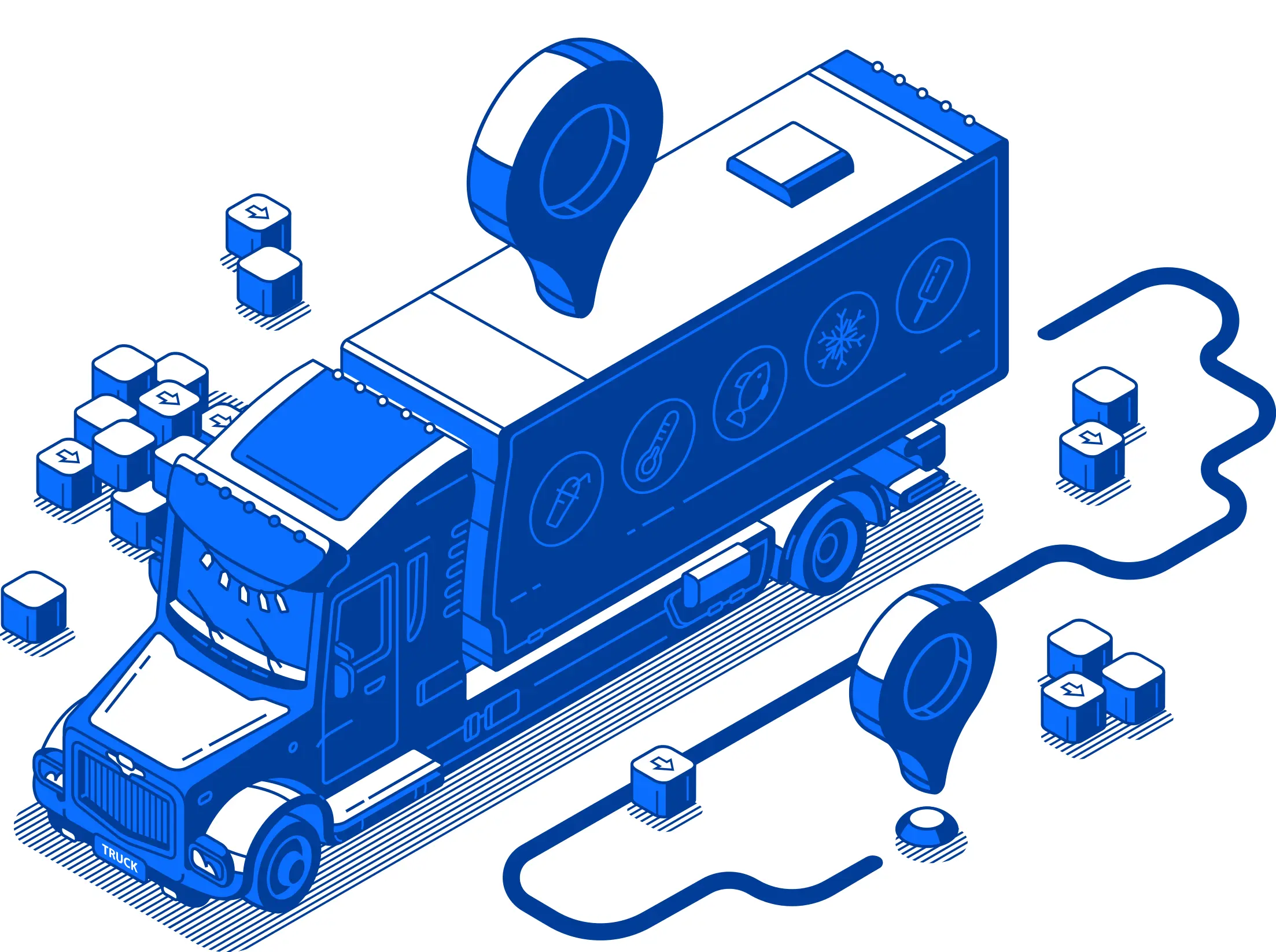Experts report that a large percentage of trucking companies fail due to poor cash flow. If you’re trying to get by from one payment to the next, it’s impossible to cover emergency expenses. When you have no money and bills to pay, it’s stressful and puts your company at risk.
Suppose your fleet of four trucks suddenly has two trucks break down. The necessary parts are not available locally and must be shipped, which means repairs are going to take upwards of a week. You have a full schedule of work with half the trucks you expected. What do you do now?
A strong cash flow is everything. To gain that cash flow, you must avoid the common pitfalls that have dragged many companies down.
The Cash Flow Mistakes You Must Avoid
How do you avoid making mistakes when it comes to creating a strong cash flow? Our team at Saint John Capital is here to offer tips that can help you avoid the common pitfalls.
Being Soft on Clients
You’re running a business, and that means you can’t afford to be nice. You certainly want to develop strong business relationships with your brokers and shippers, but you can’t let them walk all over you.
Don’t be afraid to chase payments that are overdue. It’s not time to take a gentle approach. You have to toughen up and be demanding. Have at least one office worker who spends time calling and asking where the payment is. If a client ignores you and still doesn’t pay, consider taking legal action.
Blending Personal and Business Accounts
When you’re an owner-operator, it may be more convenient to merge your business and personal bank accounts. Don’t do that. It’s too easy to lose track of your business expenses. Always have a separate business account and keep detailed records when you use your business account to pay for rent, truck loans, or business items like office supplies and utilities.
Failing to Carefully Budget
Make sure your monthly budget contains every possible expense, even unexpected ones that may or may not happen. If a tire blows, what’s the replacement cost? How old are the tires right now and what are the odds of a tire wearing out?
Consider your driver’s wages and benefits. How much should you be saving to pay for the different insurance contributions, licenses/permits, and weekly wages? If a driver is sick, do you have a replacement driver or would you need to advertise a temporary job?
Having Strong Contracts in Place
Invest in a lawyer to draw up a contract that makes your rules clear. If you expect payment by the 1st of the month, you want a contract that spells that out and details what late fees and penalties are.
Your contract also needs to cover what happens in certain situations. If you go to drop off a load for a client and the loading dock is closed, what is your hourly fee for wasting your driver’s time? Your driver has no choice but to sit and wait, and that wasted time needs to be paid for.
At the loading dock, do the employees unload the trailer, or does your driver? Make sure this is clear. If your driver has to drive the forklift to unload freight, note what that rate is.
Is the agreement between you and a broker or shipper on an as-needed basis or do you have a guaranteed amount of work each quarter? If the client falls short, what is the penalty?
If you choose freight factoring for its simplicity, the contracts are handled by the factoring company, which is handy. Plus, you get paid immediately and no longer have to wait weeks or months to get the money you’re owed.
Ignoring Tax Obligations
A business needs to make quarterly tax payments. Make sure you’re setting aside enough to cover federal and state taxes. If you underpay, the underpayment penalties can be costly. With each invoice that’s paid, set aside taxes in a separate account immediately. Hire an accountant if this is too difficult for you to manage on your own.
Setting Rates That Are Too Low
You want to be competitive, but you can’t set rates so low that you’re losing money. A higher rate is often justified if you have a higher track record for on-time deliveries or a clean record when it comes to accidents or product damage.
Sticking to Maintenance Schedules
Your trucks will last longer and get the best fuel efficiency when they’re properly maintained. Keep a maintenance log that tracks when tires were rotated, oil changes were completed, and brakes were inspected. Before any job, brakes, lights, windshield wipers, and tires must be inspected. If there are issues, address them before your driver heads out.
With routine inspections and maintenance, it’s easier to identify when something is wearing out. Catching problems when they’re minor issues is cost-effective.
How to Improve Your Cash Flow
Improving your cash flow is a multi-step process. Start by making sure you’re getting higher rates. If it’s costing you more to drive a load than you’re making, there’s a problem. You need to charge rates that cover your expenses and leave you with excess revenue that you can put into savings.
Have a Backup Plan
There are going to be times when your purchases are larger than your savings. In a perfect world, you’ll have the cash available for a big purchase, but it’s not a guarantee. Make sure you have a great resource for getting the lowest possible interest rate on a business loan. A business line of credit is a good way to avoid taking out more money than you need.
Credit cards are another option for having cash available in an emergency. If you do go with a business credit card, make sure you shop around to get the lowest interest rate. Credit card interest is very high, so you want to rely on a card as little as possible.
Consider Every Possible Expense
When you’re considering your expenses, make sure you’re planning for the unexpected. If your truck’s muffler develops a hole, you need to have that replaced. The brake line develops a pinhole leak. That requires urgent repairs before the next run. Unexpected truck repairs must be considered when you’re building your monthly budget.
Don’t forget any standard expenses. Every month, you pay for internet, electricity, business loans, rent, and insurance. Calculate how much you spend and make sure your rates cover those expenditures and leave you with money to put in the bank.
Save Money on Fuel
Fuel prices fluctuate. You want to do everything possible to keep your fuel costs as low as possible. Avoid allowing truck engines to idle for extended amounts of time. If your driver is going to be stuck at a loading bay for longer than expected, turn the engine off.
Having your tires properly inflated helps with fuel consumption. A properly tuned engine also helps. Look into fuel discounts with a freight factoring company. Saving money on every gallon you purchase will make a huge difference in your cash flow.
Tweak Your Plans as Needed
Even when you think you have a solid business plan in place, look it over each quarter to make sure you’re meeting your financial goals. If there’s room for improvement, make changes as soon as it’s practical.
Consider Freight Factoring
The smartest way to have a strong cash flow is by working with a freight factoring company. While you do pay a small freight factoring fee, you can count it as a business expense at the end of the year. In exchange for that fee, you get paid on the same day, which is a great way to develop a strong cash flow.
Partnering with a freight factoring company helps you with a lot of the mundane tasks. Saint John Capital’s arrangements take the stress off your office by handling invoicing and collections, and you gain everything with immediate payments and no more waiting to see if a client will ever pay.











